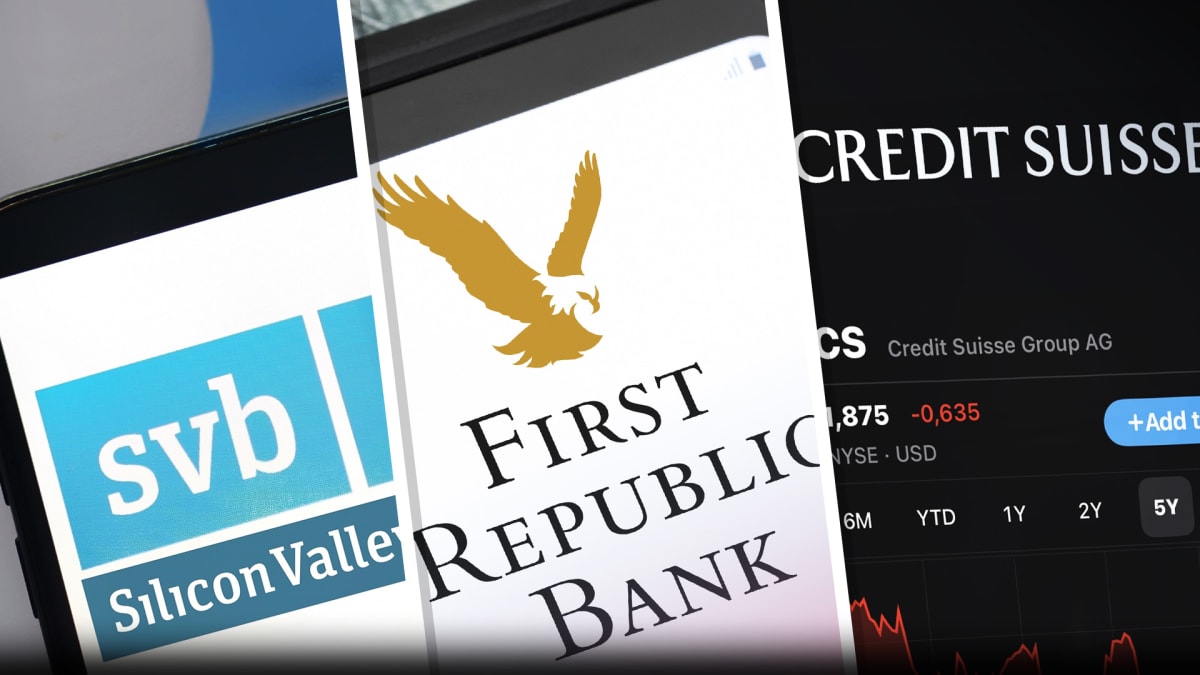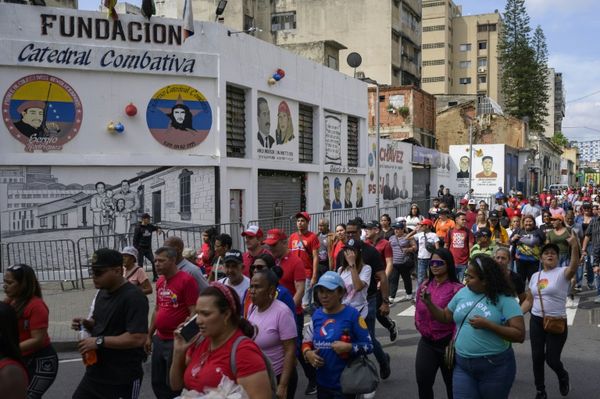
Three banks have collapsed recently as regulators stepped in to take control of them, increasing concern for consumers who keep their hard-earned savings at brick-and-mortar or online-only banks.
The failure of Silvergate, Silicon Valley Bank and Signature Bank in March led to the FDIC taking over the banks.
DON'T MISS: How to Be Sure Your Money is Protected in the Bank
The majority of the customers of those three banks were entrepreneurs, founders of startups and CEOs of small to medium-sized banks. But those thousands of businesses employed even more workers who were counting on receiving their paychecks either monthly or twice a month.
Bank failures and bankruptcies can be alarming to both people with deposits and investors who own shares of the banks.
What Is a Bank Failure?
A bank fails when it is "unable to meet its obligations to depositors and others," according to the FDIC. Typically it happens when unexpectedly large numbers of withdrawals occur in a short time, using up the cash the bank keeps available to handle regular business transactions.
When a bank fails, the FDIC steps in and guarantees deposits up to $250,000. It then works to sell the assets of the bank to another better capitalized financial organization.
Action Alerts PLUS offers expert portfolio guidance to help you make informed investing decisions. Sign up now.
During the Great Recession or Financial Crisis that occurred between 2007 and 2009, there were 168 banks that failed, according to the FDIC.
But in 2018, there were no bank failures and only eight banks that were taken over from 2019 to 2022. In 2021 and 2022, there were no banks that failed.
The collapse of Silicon Valley Bank on March 10 was the largest bank failure since Washington Mutual in 2008.
What Are Uninsured Deposits?
The FDIC insures the deposits that are held at banks. Deposits of up to $250,000 are insured.
Any amounts over $250,000 kept at a bank are not insured which means if a bank fails a customer could lose some or all of that money. This is one reason consumers and businesses often have more than one bank account.
Are My Assets Protected When My Bank Fails?
After the FDIC closes a bank and takes it over, a buyer usually emerges quickly. When Washington Mutual failed, JPMorgan Chase bought the bank, ensuring its deposits, assets and loans were viable and protected.
The FDIC protects the money that is deposited in a bank "in the unlikely event of the financial failure of their bank or savings institution," the agency said. "FDIC deposit insurance covers the balance of each depositor's account, dollar-for-dollar, up to the insurance limit, including principal and any accrued interest through the date of the insured bank's closing."
The money that is paid to customers comes from the FDIC's deposit insurance fund, which "consists of premiums already paid by insured banks and interest earnings on its investment portfolio of U.S. Treasury securities," according to the FDIC. No federal or state tax revenues are involved.
What Happens After the FDIC Takes Over a Bank?
As the FDIC sells a bank's assets and investments, customers are often able to recoup a large percentage of those savings.
Lucilio (Louie) Couto, who served as chief risk officer at Vineyard Bank in California, told TheStreet its customers received 60 cents per dollar initially and another 10 cents per dollar after its assets were sold, followed by another 10 cents.
Eventually, some customers received 85 cents to 90 cents for every dollar that was deposited at the bank, he said.
"It took years at Vineyard Bank and customers received money back in batches," said Couto, who was a senior bank examiner at the FDIC for 16 years and former president and CEO at American Plus Bank in Arcadia, Calif.
What Is A Backstop?
A backstop is when the government steps in and provides liquidity to a bank so that it can continue its normal operations such as providing cash, loans and investments for its customers.
In the case of Silicon Valley Bank, Secretary of the Treasury Janet Yellen, Federal Reserve Board Chair Jerome Powell, and the Federal Deposit Insurance Corporation (FDIC) Chairman Martin Gruenberg, unveiled a plan to avoid contagion from SVB's collapse.
The plan also applies to Signature Bank, New York, New York, another bank that the regulators said they shut down on Mar. 12.
The flagship measure of this plan is the announcement that all depositors of the failed bank would receive their money, ending a suspense that threatened to undermine the existence of several startups and small businesses.
"We are taking decisive actions to protect the U.S. economy by strengthening public confidence in our banking system. This step will ensure that the U.S. banking system continues to perform its vital roles of protecting deposits and providing access to credit to households and businesses in a manner that promotes strong and sustainable economic growth," read the joint statement of the three officials.
What Is the Difference Between Bankruptcy and Failure?
When a bank fails, the FDIC steps in and since it serves as the insurer of the bank's deposits, the FDIC "pays insurance to the depositors up to the insurance limit."
The FDIC is also the "receiver" of the failed bank so it takes on the responsibility of selling and collecting the assets of the failed bank and settling its debts, including claims for deposits in excess of the insured limit, the agency said.
Banks often operate under the umbrella of a bank holding company. The holding company often owns assets and investments such as government securities, mortgage-backed assets and Treasuries that Silicon Valley Bank purchased. When either the investments or assets lose their value, the bank loses liquidity which means it might not have enough cash to give to customers when they want to transfer money to another bank. When a large number of customers withdraw their money from one bank, it results in a bank run.
Only bank holding companies can file for bankruptcy protection while the banks themselves, which are often the primary asset of a bank holding company, wind up in receivership of the FDIC, said Couto.
"The banks and holding companies file joint tax returns so when the bank goes into FDIC hands, the FDIC wants the holding company to file a tax return to get a massive tax refund and send it to the FDIC," he said.
Creditors can sometimes receive more proceeds through a bankruptcy sale if there are more bidders since there is no time crunch compared to the FDIC who wants to sell a bank quickly, Couto said.
What Is Contagion?
Contagion in banking is the possibility that the risks that one bank took, causing it to fail could have also occured at other banks similar to the Great Financial Crisis. Washington Mutual, Lehman Brothers and Bear Stearns all collapsed during that period.
Investors are often fearful of contagion, punishing public banks by selling shares of its stock.







